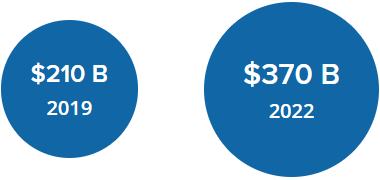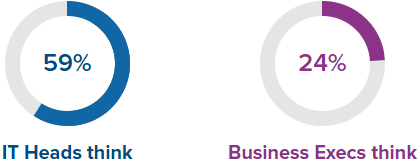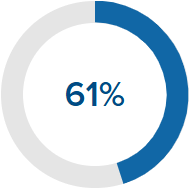IDC Future IT Maturity Assessment
Future IT provides the foundation for the Future Enterprise. IDC’s framework helps IT organizations address challenges and enable the Digital Enterprise.

Building the Foundation for the Future Enterprise
After years of convergence, the future of IT is the future of the enterprise and vice versa. Modern businesses can’t survive – much less thrive – without fully integrated digital infrastructure and competencies. CIOs must focus on running the current business while developing new capabilities for an emerging future.
In Future IT 1.0, IDC has developed a framework for creating the future IT organization that enables you to assess your current competencies and prioritize as you manage complex change across a number of dimensions.
Future IT Maturity Assessment
This assessment will allow you to see the relative maturity of your organization in moving towards Future IT, benchmarked against peers in your industry and region. Your data will be placed on IDC’s Five-Stage Maturity Model.
-
1.
AD HOC
Tactical IT – IT organization focuses on stable, tactical technology operations, solving problems as they arise. There is little coordination between IT and lines of business.
-
2.
OPPORTUNISTIC
Resourceful IT– IT solves pressing business problems but lacks overall strategy to extend IT capabilities. Partners fill non-strategic needs. IT has limited involvement in OT/field technology solutions.
-
3.
REPEATABLE
Responsive IT – LOBs and IT pursue an enterprise wide strategy; modernization of infrastructure and apps is in process. IT is involved in embedding technology in OT, field, and enterprise operations.
-
4.
MANAGED
Agile IT – IT’s flexible modular digital infrastructure enables embedded, functional digital intelligence throughout the enterprise. Formalized digital innovation is a major factor in business success.
-
5.
OPTIMIZED
Future IT – IT is embedded in business and operation models that respond to and anticipate markets. Automation, intelligence, processing, and connectivity pervade the enterprise and its ecosystems.

Get Your Report Now
Take the Assessment and get your personalized report. Once you’ve received your assessment, you can zero in on the maturity stage and dimensions you need the most. Learn more in our MaturityScape document or Begin Assessment.





